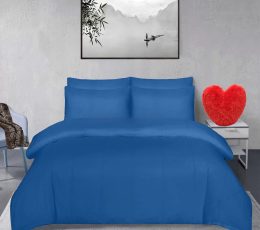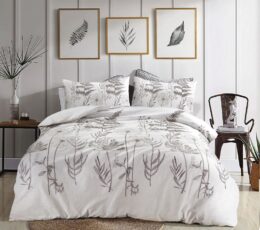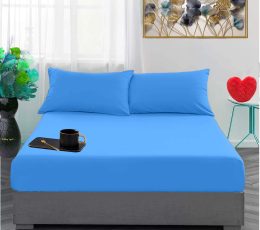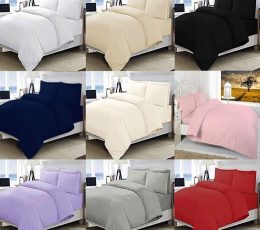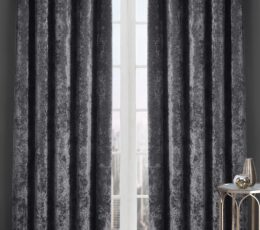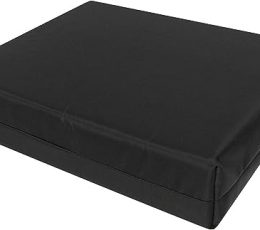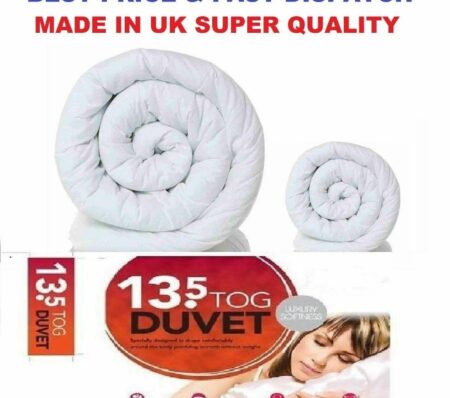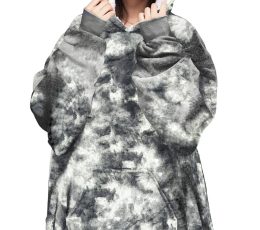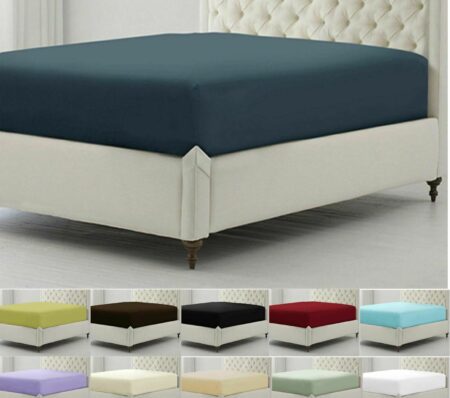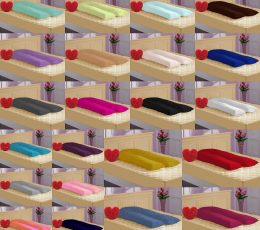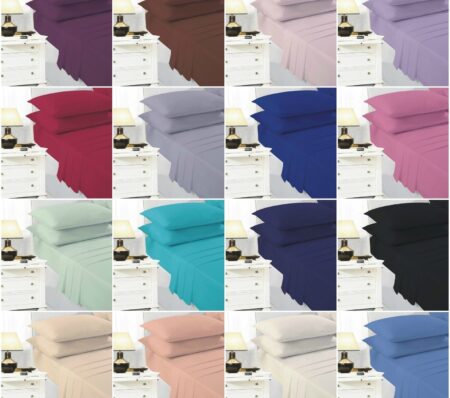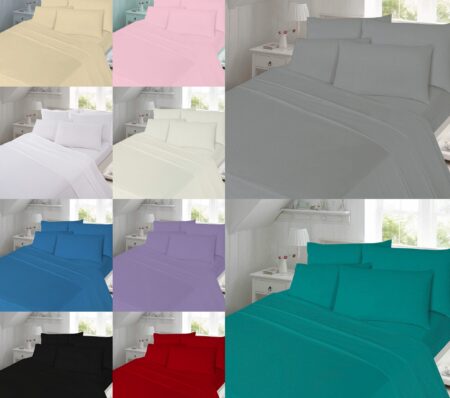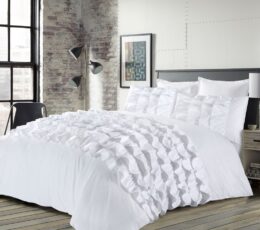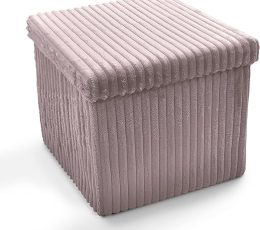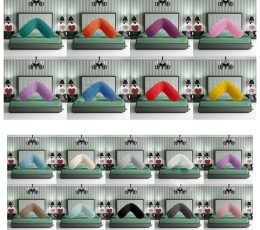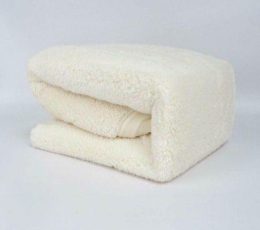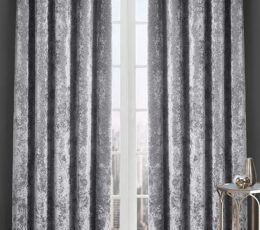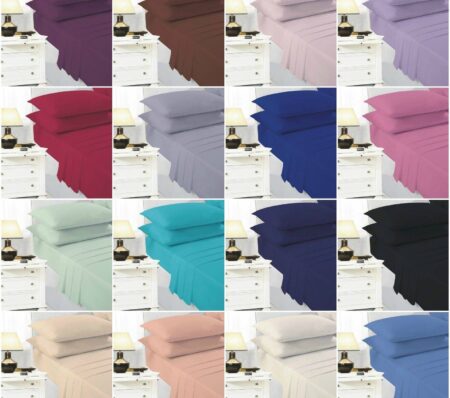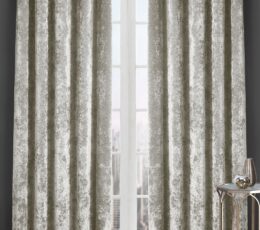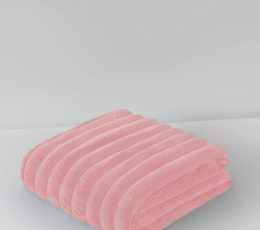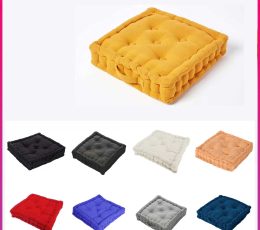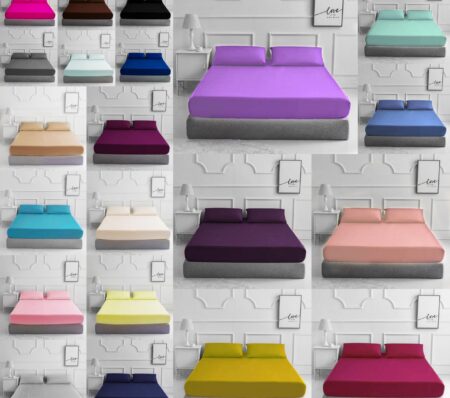Your pillow is a crucial component of getting a good night’s sleep. It supports your head and neck, properly aligning with your body to reduce strain and discomfort. Various pillows are available, each with different shapes, sizes, and fill materials. When choosing your hotel quality pillows, it’s important to consider your needs, such as sleep position, body type, and personal preferences.
To help you navigate the options, we will explain the different types of pillows fill materials, discuss the general performance characteristics, and explore the various shapes and sizes of pillows on the market and make sure you understand the pillow guide first. Additionally, we will address the specific pillow requirements based on different sleep positions.

Types of Pillow Fills
Pillows are commonly classified based on their filling, which may consist of natural materials, artificial materials, or a blend of both. Different fill types offer varying levels of comfort and support, catering to the needs of different individuals. In this guide, we will delve into the characteristics of popular pillow-fill materials, their textures, and their unique qualities to get the best pillows for your sleep.
Memory Foam PIllow
Memory foam, also called viscoelastic foam, adapts shape based on heat and pressure. This unique characteristic allows a memory foam pillow to conform to the head and neck of the sleeper, providing personalized pressure relief and spinal support.
The density and close embrace of memory foam often result in heat retention, prompting manufacturers to incorporate cooling features like gel infusions. Moreover, memory foam pillows may emit an initial odour due to volatile organic compounds (VOCs) from the manufacturing process. This scent typically dissipates within a few days if the pillow is left in a well-ventilated area. The combination of the bamboo memory foam pillow is consider as one of the best.
Two main types of memory foam pillow fill are available: block and shredded. Block memory foam pillows offer uniform contouring for excellent support, although they may slowly regain shape when the sleeper changes positions. They are also more likely to retain heat. On the other hand, shredded memory foam pillows provide a more traditional feel, allowing sleepers to adjust and shape the pillow as desired. They are generally more breathable; some come with a zippered cover for customizable loft and firmness.
Down PIllow
Down is a natural fill material comprised of quill-less feather clusters found beneath the rough exterior plumage of waterfowl. It is exceptionally fluffy, resulting in light, plush pillows that conform to the head. Duck down is typically more cost-effective, while goose down is softer and less likely to retain odours.
The fill power indicates how many cubic inches of loft an ounce of down can occupy. This measurement reflects the size and quality of the down clusters, with higher numbers indicating greater loft. Despite being favoured for their plushness and longevity, down pillows can be pricey and may cause allergy symptoms in some individuals. This is the fill that you can also count on for the comfort pillow.
Down Alternative
Down alternative mimics the plush, airy feel of down without the allergens. This fill is usually made of vegan-friendly polyester microfiber, although it may contain materials like cotton or rayon. These materials offer better temperature regulation than high-fill power-down pillows.
The down alternative is soft, lightweight, and easily shaped. It is generally more budget-friendly and simpler to maintain than traditional down. Renowned for their versatility, down alternative pillows are available in various firmness levels, lofts, and price ranges. The Hollow fibre filling is also one of the alternative we can consider for down pillows.
Feather Pillow
Feathers from ducks and geese are used in feather pillows, providing a supportive structure. Some pillows combine feathers with down to balance softness and support.
To maintain their loft and prevent clumping, duck feather pillows require regular fluffing and redistribution of fill. However, like down, feathers may cause allergic reactions in certain individuals. New feather pillows may also have an odour, and the quills could poke through if not protected by a sturdy pillowcase. On the positive side, feather pillows offer similar benefits to down pillows, such as moldability and softness, at a more affordable price.
Latex PIllow
Latex pillows are renowned for their responsive contouring, which provides cushioning and support for the sleeper’s head. Latex pillows are available in shredded and block forms like memory foam pillows. Both types are typically breathable and long-lasting. Shredded latex pillows offer greater moldability, while block fill retains its shape. Some shredded latex pillows come with zippers and removable fill, allowing for adjustable loft and firmness.
Natural latex is derived from rubber tree sap and is resistant to mould, mildew, and dust mites. On the other hand, synthetic latex uses petrochemicals to imitate the feel of natural latex, making it more affordable but less durable. Blended latex combines natural and synthetic components, reducing costs while incorporating some natural material.
Cotton PIllow
Cotton is a versatile option for pillow fill, whether used independently or blended with other materials. It is a natural and breathable choice that is widely accessible and easy to maintain. Additionally, organic cotton is suitable for those with allergies.
When cotton is used as the primary fill, it initially provides a plush feel but may flatten over time, resulting in a firmer texture. Regular fluffing is necessary to maintain the pillow’s loft and ensure optimal comfort.
Wool PIllow
wool pillows made from sheep’s wool offer durability and excellent temperature regulation. While they may not be as readily available as cotton pillows, wool fill is breathable, insulating, and moisture-wicking. This unique combination helps sleepers stay warm during winter and cool in the summer.
Wool can be used alone or in combination with other materials. Wool pillows may be flat and dense with limited conforming when used as the sole fill. Over time, the fill may also clump together. However, by adding cotton or polyester to the wool fill, clumping can be reduced, moldability can be improved, and the price point can become more affordable.
Buckwheat PIllow
buckwheat pillows, which consist of the outer hulls of buckwheat seeds. These pillows are known for their firmness, weight, and support. Many buckwheat pillows have an adjustable fill, allowing users to customize the loft according to their preferences. The shell gaps also promote exceptional airflow, resulting in notable cooling.
Buckwheat pillows are highly durable and can last 10 to 20 years with proper care. When the fill eventually wears out, replacing it with new buckwheat hulls is often possible, rejuvenating the pillow and extending its lifespan.
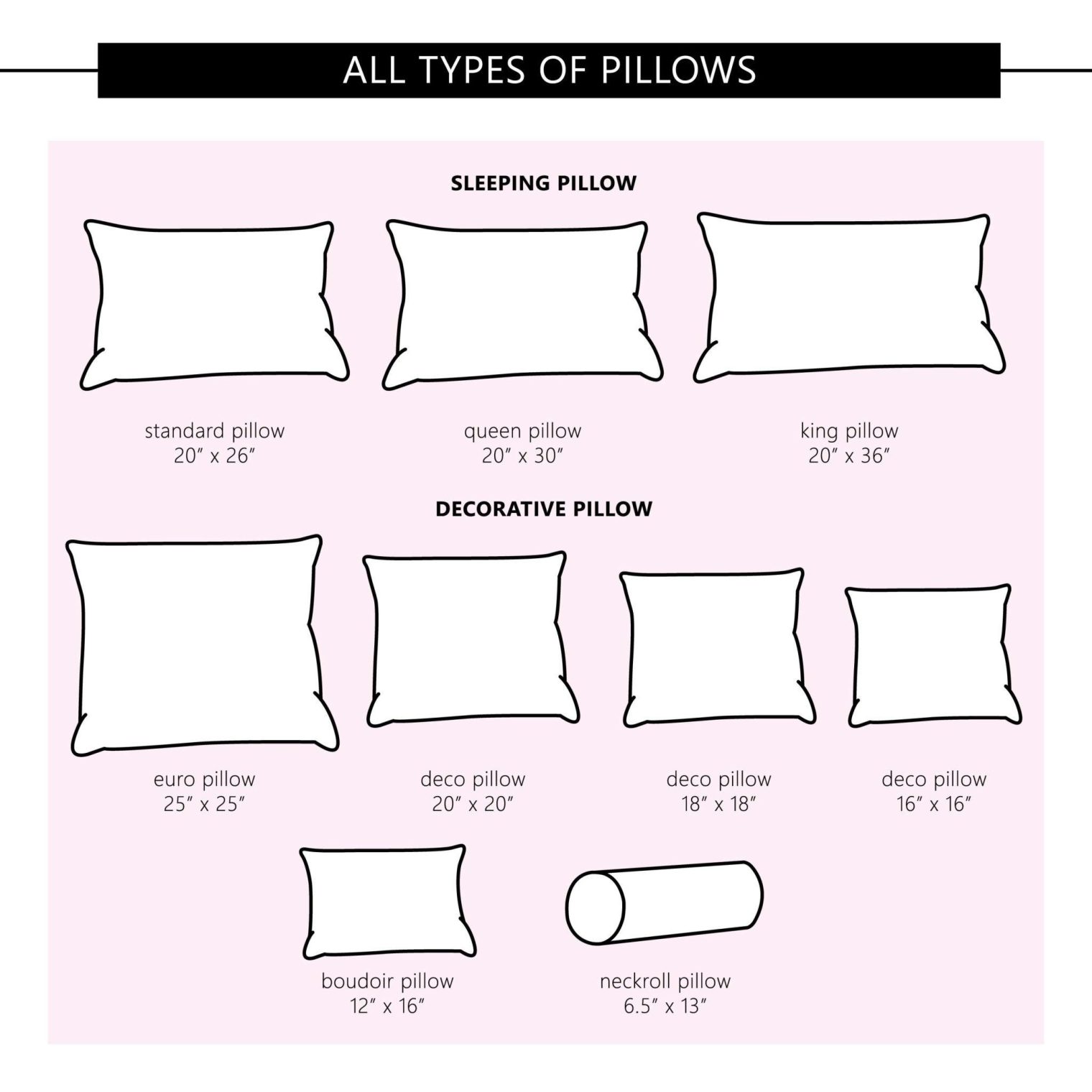
Explore The Types of Pillows Shapes
Different pillow shapes are available to cater to various needs, aside from the standard rectangular pillow that most sleepers are familiar with. Your ideal pillow shape will depend on your sleeping position, comfort preferences, medical conditions, and personal requirements. Whatever the pillow shapes are make sure your know how to wash your pillow to make your sleep hygienic and break free.
Standard Pillow
The standard pillow is a versatile option with a traditional rectangular shape. It is the most commonly found type of pillow, available in various sizes, lofts, fill materials, and firmness levels. A standard pillow is suitable for any sleep position, as it can be placed under the head, between the legs, or under the knees. This is pillows that solves your mystery of what pillows do 5 star hotels use?
Contour Pillow
Contour pillows are typically crafted from firm memory foam and feature a curved surface that cradles the head and neck of side or back sleepers. Some contour pillows are designed for knee support, helping side sleepers maintain hip alignment.
Wedge Pillow
Wedge pillows have a distinctive triangular shape designed to support and elevate the upper or lower body. Usually made of memory foam or polyfoam, these pillows are popular among sleepers with conditions that may be aggravated by lying flat, such as acid reflux, GERD, and sleep apnea. Additionally, some back sleepers use our guide on wedge pillows under their knees to alleviate back strain and enhance circulation.
Body Cushion
A popular choice among side sleepers and pregnant women, body cushions are elongated in shape, typically measuring 20 by 54 inches. Sleepers can embrace a body cushion with their arms and legs or lean against it for support. Placing a U shaped pillow between the legs can aid in promoting spinal alignment and alleviating pressure on the hips. These cushions come in various shapes, weights, and levels of firmness.
Neck Support Pillow
Also referred to as orthopaedic pillows, neck support pillows are designed to offer ergonomic support to the neck. Often crafted from memory foam, they feature a raised section to maintain the neck’s natural curve and a depression to cradle the head. Neck support pillows are available in different sizes to accommodate various body shapes and sleeping positions.
Cylinder or Bolster Pillow
The versatile cylinder or bolster pillow is typically shaped like a long tube, although some may have a half-moon design. Sleepers can utilize them as body pillows or position them under their knees while lying on their backs. Bolster pillows are generally firm and can be filled with any standard material. They are commonly used for decorative purposes.

The Best Pillow for Each Sleep Position
Different sleep positions require different levels and types of support from a pillow. Selecting a pillow that encourages proper spinal alignment, whether you sleep on your side, back, or stomach, is crucial. If you change positions throughout the night, you may want a pillow that caters to your primary sleeping style while accommodating your other positions.
Given these varying requirements, certain pillow types are more suitable for specific sleep positions. However, it is essential to consider individual differences when choosing a pillow since each sleeper and each model is unique. We will outline common pillow preferences based on sleep position and recommend pillow types that could be suitable. Make sure you know how often should you replace your pillows to change the pillow.
What Each Sleep Position Needs
Side Sleepers
A pillow with a medium to high loft (3 to 5+ inches) and moderate firmness is recommended for individuals who sleep on their side. This is because when lying on your side, there is a significant gap between your head and the mattress. A higher loft pillow helps fill this gap, ensuring that your head and neck remain aligned with your body. Additionally, the firmness level of the pillow plays a crucial role. Most side sleepers find a medium-firm pillow ideal as it provides balanced support and cushioning.
To cater to the specific needs of side sleepers, many prefer a pillow with adjustable loft and firmness. This allows them to customize the pillow according to their body shape and personal preferences. We recommend to use the pillow protector guide for protecting your pillow.
Back sleepers
Back sleepers typically require a medium loft (3 to 5 inches) pillow and medium firmness to maintain a neutral neck position. This prevents strain on the neck by neither pushing the head forward nor allowing it to sag. We recommend to know how many pillows should you sleep with to get the perfect posture while sleeping.
Stomach sleepers
Stomach sleepers usually opt for a soft to medium pillow with a low loft (under 3 inches) to alleviate pressure on the neck. Some stomach sleepers even choose to sleep without a pillow, but those who do prefer a soft, thin, and moldable option that compresses easily. Make sure to choose between the thick pillow or thin pillow to prefer the perfect rest while sleeping.
FAQs
What are the different types of pillow fills available?
Common types of pillow fills include down feathers, memory foam, latex, polyester, and buckwheat. Each type offers unique support, comfort, and durability characteristics.
How do I choose the right pillowfill for my needs?
Consider factors such as your preferred sleeping position, specific health concerns (such as allergies or neck pain), desired level of firmness, and personal preferences for materials (natural vs. synthetic).
Are down and feather pillows suitable for people with allergies?
Down and feather pillows may trigger allergies in some individuals due to the presence of natural proteins. However, hypoallergenic options are available, and regular cleaning and maintenance can help reduce allergen exposure.
What are the benefits of memory foam pillows?
Memory foam pillows contour to the shape of your head and neck, providing customized support and pressure relief. They are often recommended for people with neck or shoulder pain and can help promote proper spinal alignment.
Are latex pillows suitable for hot sleepers?
Yes, latex pillows are naturally breathable and offer excellent airflow, making them suitable for hot sleepers. They also resist dust mites and mould, providing a hypoallergenic sleep surface.
How do I care for polyester pillows?
Polyester pillows are generally easy to care for and can be machine-washed and dried. Follow the manufacturer’s instructions for best results, and consider using a pillow protector to extend the life of your pillow.
Are buckwheat pillows noisy to sleep on?
The movement of the hulls inside. However, many people find the sound minimal and not disruptive to sleep. The firm support and airflow provided by buckwheat pillows can outweigh potential noise concerns for some individuals.
Can I use Euro pillows for sleeping, or are they just decorative?
While Euro pillows are often used as decorative accents on beds, they can also be used for sleeping, especially for individuals who prefer larger pillows or need extra support. Euro pillows come in various fills and firmness levels to accommodate different preferences.
How do I know which pillow size is right for my bed?
Pillow size should be proportional to your bed size. Standard pillows are suitable for twin, full, and queen beds, while king pillows are designed for king-sized beds. Consider the dimensions and visual balance when selecting pillow sizes for your bedding ensemble.
Can I mix and match different types of pillows for my bed?
Absolutely! Mixing different pillows, such as standard, Euro, and decorative, can add visual interest and create a layered look for your bed. Just ensure that the pillows provide adequate support and comfort for sleeping if they will be used as such.





